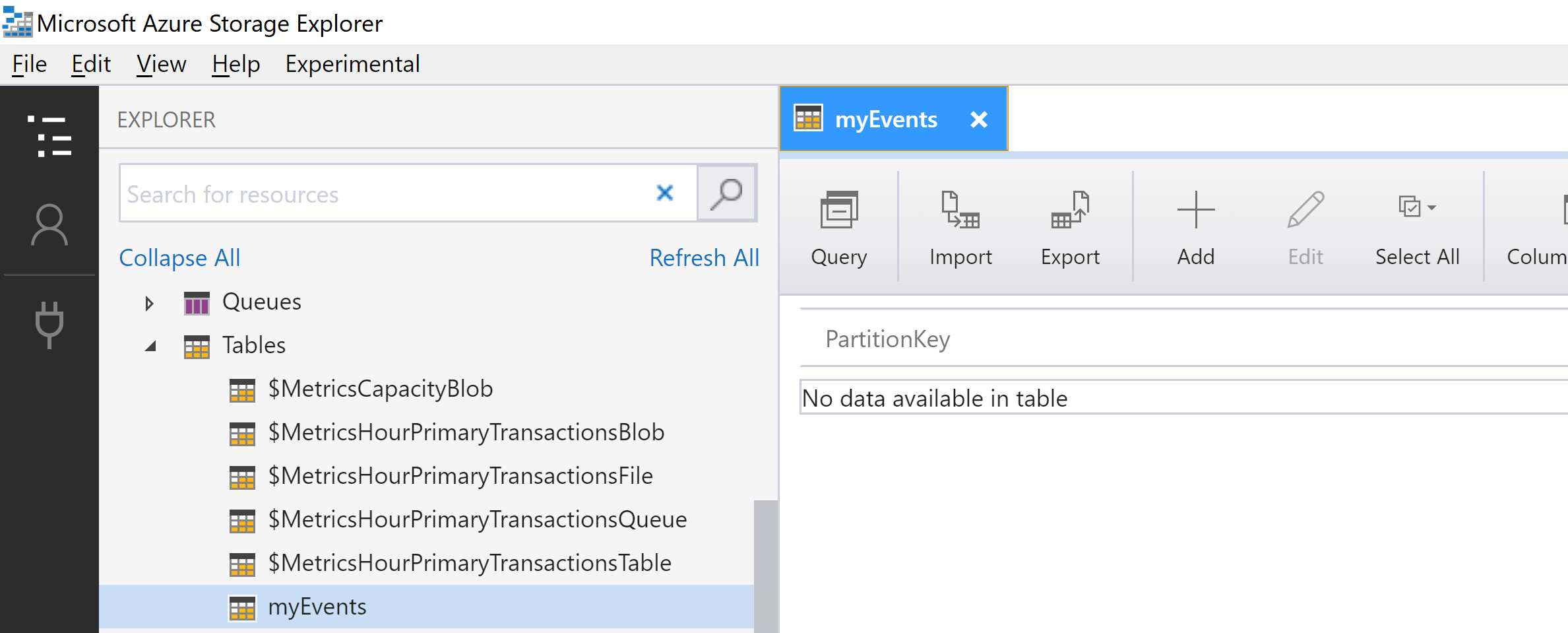Recently I wrote this post on using PowerShell to bulk load data into Azure Table Service. Whilst this method works great it does rely on the AzureRM PowerShell module to provide the ability to batch ingest data into Azure Table Service.
I’m working on a solution that requires levels of automation to obtain data from events from Microsoft Graph and ingest that data into Azure Table Service. That doesn’t work with the AzureRM PowerShell Module.
Azure Functions provide additional Bindings for Input and Output, but I’d never had the need to spend the time working it out how to output to Azure Table Storage (with PowerShell). The documentation covers examples for C#, Javascript, Java and Python. But what about PowerShell? Nothing. In this post I cover how to use the Azure Table Storage Azure Function Output Binding.
Azure Function Configuration
If you’re creating a new Azure Function App in 2019 and wanting to use PowerShell, after creating your Azure Function App you need to configure the Function app settings for Runtime version 1. This can only be configured prior to creating a Function.

Using Azure Storage Explorer select your Storage Account associated with the Azure Function Plan and under Tables create the table you will be putting data into.

After creating your Azure PowerShell Function select Integrate and under Outputs add Azure Table Storage. Provide the Azure Storage Account Table that you created above.

Example PowerShell Azure Function
Here is an example Azure PowerShell Function that connects to the BreweryDB API to obtain the 175 Beer Styles.
It then creates a PowerShell Object for each style and adds it to an Array of Beer Styles. The array is then converted to JSON and passed to the Azure Table Service Output Binding outputTable configured earlier.
As this is just an example there is no error handling etc, but a working example of obtaining data, transforming it and sending it to Azure Table Service.
Looking at the Azure Table Service Table with Azure Storage Explorer after executing the Azure Function all the Beer Styles have been added.

Summary
The Azure Table Service Output Binding for Azure Functions provides a quick and simple method to allow data to be ingested into Azure Table Service. An added benefit over my previous integration is that the data doesn’t need to be batched into batches of 100 records.


